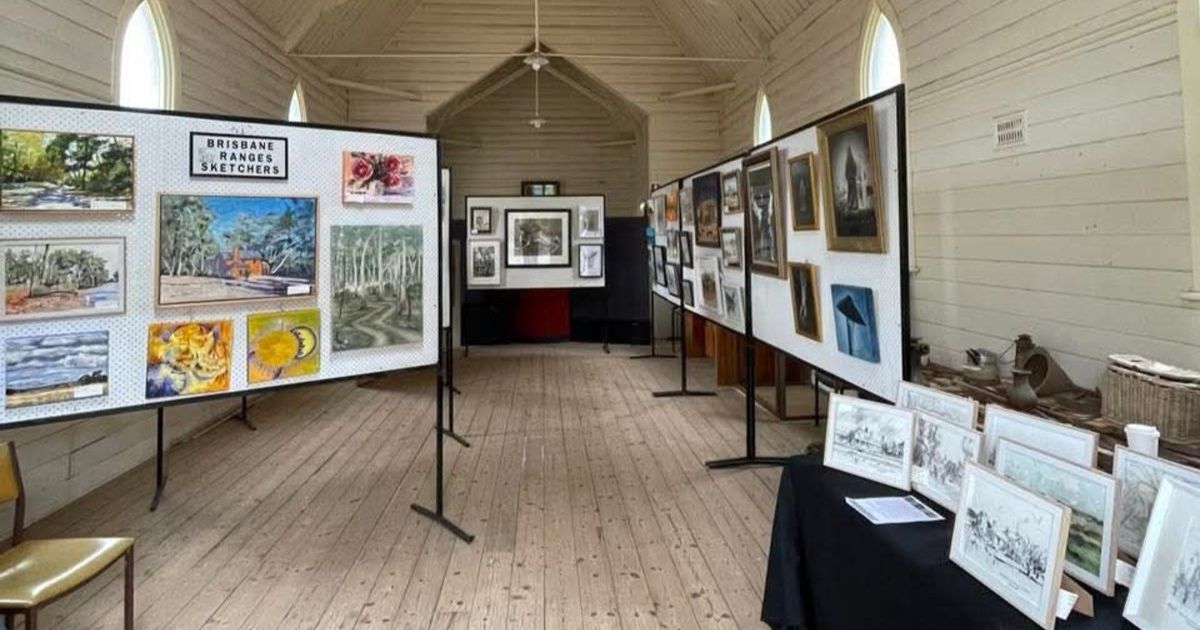Put yourself down for the count
By Tina Seirlis
Throughout September local residents are encouraged to take part in the Australian Conservation Foundation’s Platy-Project.
Conducted in partnership with the University of New South Wales (UNSW) the project seeks to digitally map confirmed platypus sightings across eastern Australia.
The platypus (Ornithorhynchus anatinus) is known to have a large distribution area from the tropical top-end of northern Queensland and right down to the tip of Tasmania, although there is little information available about specific waterways that are inhabited.
Natasha Evans, Secretary of the Bacchus Marsh Platypus Alliance, said the local platypus are a very shy bunch.
“We find a lot of people are surprised that platypus are present in the Werribee River because they do not see them. However, they are most active at dawn and dusk, especially around September to December when they are breeding,” she said.
Sadly, platypus populations are suggested to be in decline, and this unique Australian egg-laying mammal with its duck bill, webbed feet, and fur, is at risk of extinction in some areas due to habitat destruction. For this reason, UNSW has made it possible to map sighted platypus locations, ensuring future conservation efforts can be increasingly focused.
Those keen to register and help with the count will receive an educational toolkit providing tips on how to spot a platypus (and differentiate it from a water rat), how to record findings, and how to host a survey event for a group.
The Bacchus Marsh Platypus Alliance is hosting six platypus-spotting events over three days during Platy-Project month. The group, which is made up of 30-volunteers, focuses most of its activities on the Werribee and Lerderderg Rivers.
Further to the west of the Shire, the Moorabool Catchment Landcare Group will also have many of its dedicated members participating individually in the Platy-Project.
President of this group, Julie Keating said as a group they have previously conducted eDNA testing along both branches of the Moorabool River and mapped the sites where evidence of Platypus have been found.
“Our current focus is sourcing funds to continue our Platypus Revegetation works aligned to these sites and we’ve now completed two of the five sites proposed by local property owners. The first project was just outside Ballan and the most recent project near Hunt’s Bridge was made possible with funding from both NAB and Moorabool Windfarm and a fantastic group of volunteers,” she said.
Locals across the east and west of the Shire can get involved in the Platy-Project by visiting https://www.acf.org.au/platy-project and clicking on ‘get involved’ to find local platypus spotting events.
Ms Evans said she would love people to become curious about the local platypus and spread the word.
“We need to look after their environment as we are very lucky to have them,” she said.



















